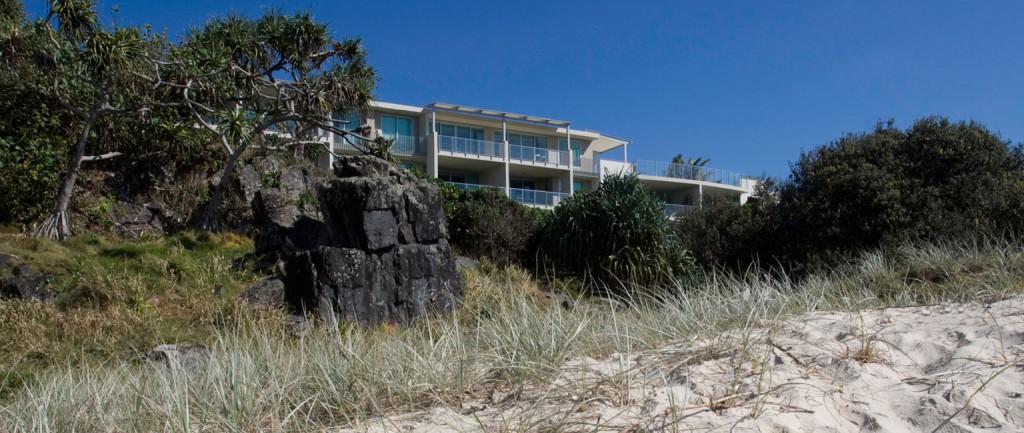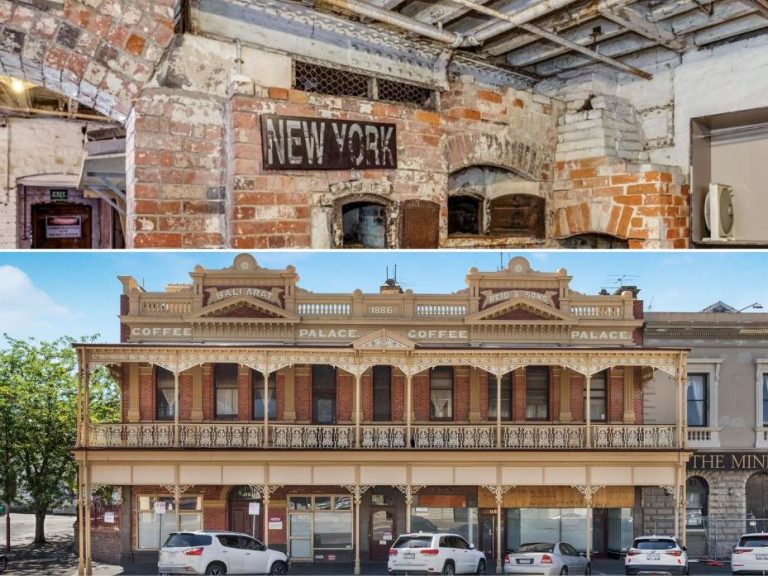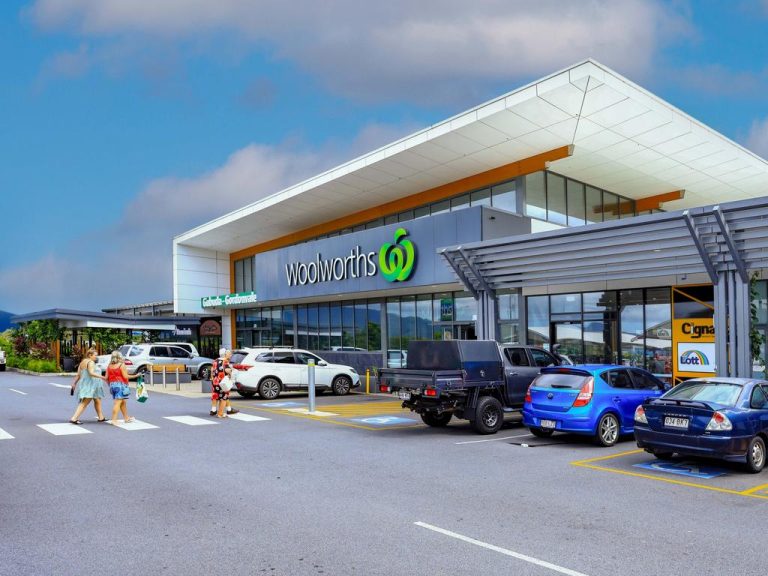Holiday apartments ride the online tide

Australians will take around 10 million holiday trips in the March quarter this year, with seaside towns and coastal resorts a major destination.
While brand-name hotels and holiday parks (don’t call them caravan parks) will harvest their highest occupancy rates for the year, more and more holidaymakers are choosing a serviced holiday apartment for their stay.
This sector has been riding a decade-long growth spurt, thanks mainly to the profusion of leisure-oriented websites like Stayz and Wotif. These sites allow consumers to rapidly assess different properties, compare prices and book online, resulting in both an expansion of the market and increased pressure on room prices.
That growth potential is intensifying thanks to the rapid take up of tablet computers in Australia. New tablet owners typically double their online searches, which augurs well for complex owners and developers able to pilot their projects past sceptical local planners.
I spoke with PPB Advisory partner Alan Titterton about the leisure-oriented property market in coastal towns and the sector’s potential to continue its growth pattern.
My first question was what factors would drive a developer to consider creating a holiday apartment complex compared to a traditional hotel property.
“For developers, assessing a site always starts with a highest yield, best use analysis, which in a small coastal area will almost come back with a recommendation for a residential sub-division. Problem is that many local councils will restrict what you can develop on a suitable site,” he says.
“The market for accommodation in these areas is highly seasonal and that means big brand hotels tend steer clear from them. That leaves plenty of room for serviced apartments to compete with established hotels in the area.”
Titterton also points out that many of the new holiday apartments are being built by sporting clubs turning to accommodation to bolster their revenue.
“Local councils are just as restrictive on clubs creating residential sub-divisions, so the committees are turning to the ‘stay and play’ segment instead. What these local clubs have discovered, and the Portsea Golf Club in Victoria is a great example, is that on-site accommodation allows them to market their facilities and accommodation into off peak periods.”
The rise of online bookings and the move away from traditional hotels leaves holiday apartment complexes on the coast sounding promising, but this sector has seen its share of troubles in the past. Will these problems arise in the future?
“Fluctuating seasonal demand is at the root of many of the problem properties we see,” Titterton told me. “Management has to be very good at riding through the bumps that come with a seasonal business.
“Interestingly enough, we have seen a real difference between the state markets over the last couple of years. In Western Australia, there are a greater number of assets on the market suffering financial distress, which is probably connected to the downturn in the mining sector and its effect on discretionary spending, which has hit hard.
“We’re also seeing this pattern play out to some extent in Queensland, both on the Gold Coast, with its periodic jumps in new supply of units and hotel rooms, and in North Queensland.
“That’s quite different from the market in Victoria. I just think there’s a greater appetite for risk in the Melbourne market and when you combine this with scarcity of land right for this sort of development, there is a more stable profile.”







